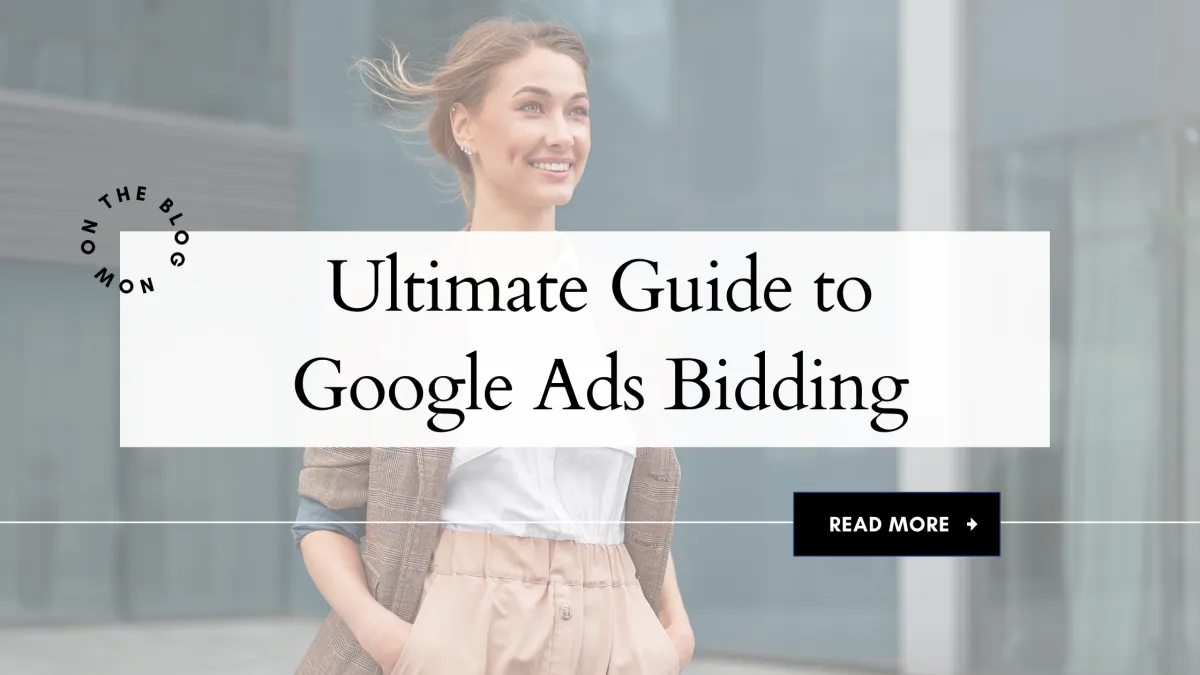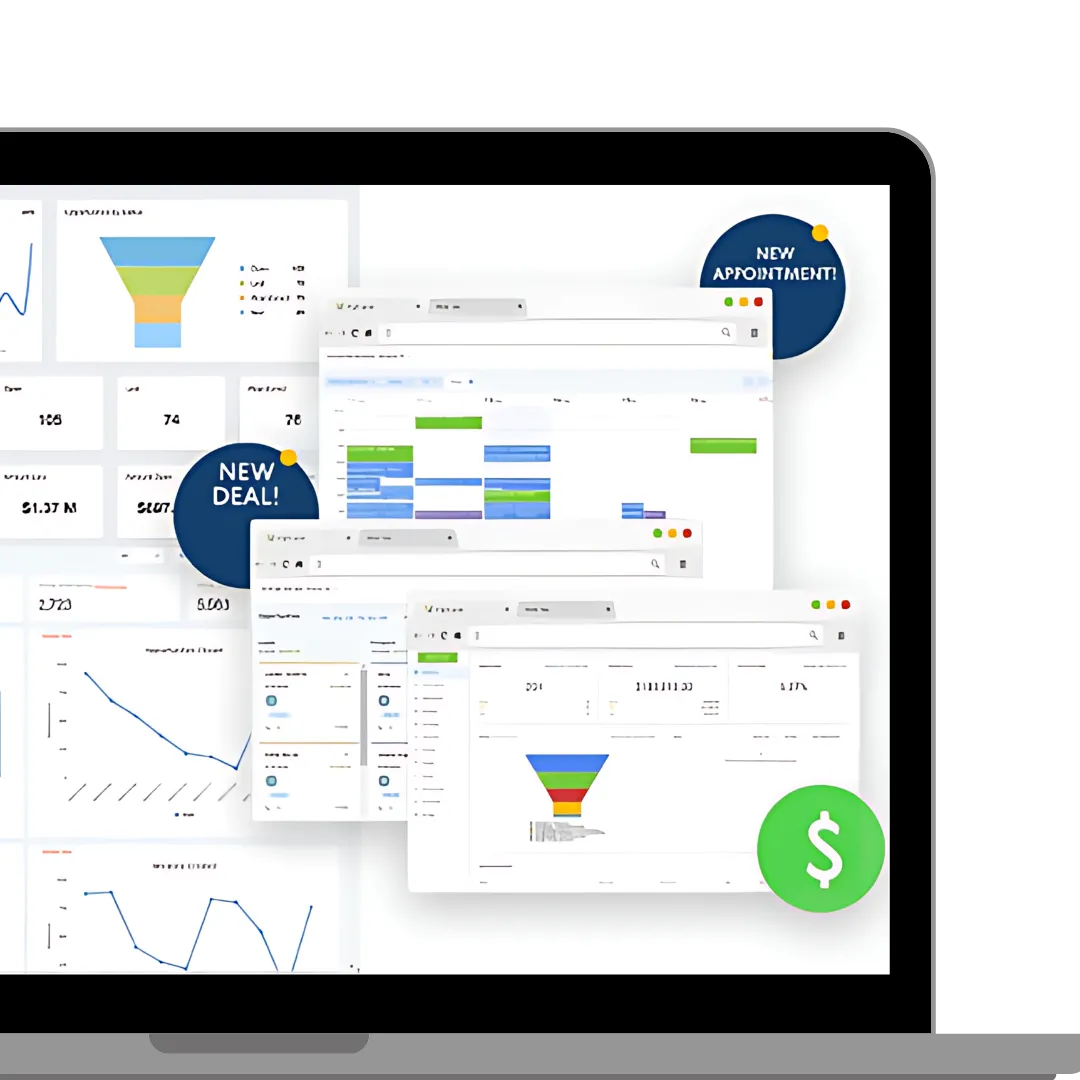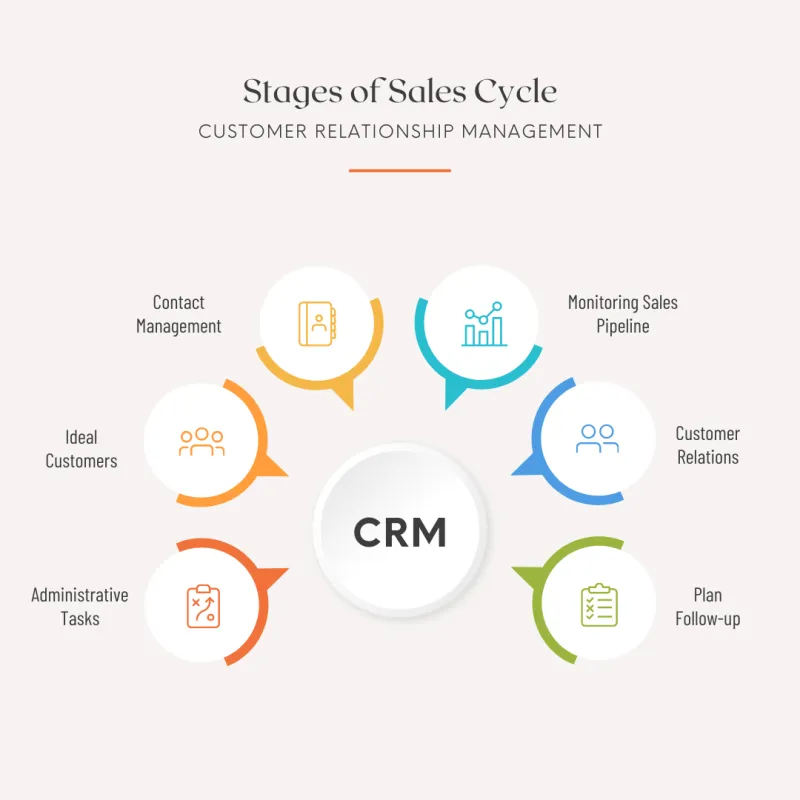
Ultimate Guide to Google Ads Bidding
The Ultimate Guide to Google Ads Bidding Strategies for High-Quality Leads at the Lowest Cost
Mastering Google Ads for Maximum Lead Generation
In today’s competitive digital landscape, generating high-quality leads at the lowest cost is the key to Google Ads success. Achieving this goes beyond simply setting up a campaign and hoping for good results; it requires a strategic approach that uses Google’s AI-powered Smart Bidding, precise conversion tracking, and ongoing optimization.
This guide explores the best Google Ads bidding strategies for lead generation, supported by real data and expert insights. Whether you're an experienced marketer or a business owner looking to grow, you’ll learn how to increase conversions while keeping costs in check.
1. Why Smart Bidding is the Future of Lead Generation
The Limitations of Manual Bidding
Manual bidding offers control but struggles to respond to real-time signals like user intent, device type, or location. These factors greatly influence conversions. Human oversight can’t match the speed and accuracy of AI-driven automation.
The Power of Smart Bidding
Google’s Smart Bidding uses machine learning to adjust bids in real-time for each auction. It looks at historical data and contextual signals like search queries and time of day to reach users most likely to convert. This ensures you obtain the highest volume of leads at the lowest cost.
Key Takeaway:
For lead generation, automation isn’t just helpful; it’s essential.
2. The Best Bidding Strategies for Lead Generation
Primary Strategy: Maximize Conversions with Target CPA
What it does:
It aims to obtain the highest number of leads while keeping a fixed cost per acquisition (CPA).
It utilizes AI to adjust bids in real-time, avoiding unprofitable clicks.
Why it works:
It fits businesses with specific goals for lead volume and costs.
It needs at least 30 to 50 conversions in 30 days for optimal performance.
Pro Tip:
If you’re new or lack enough data, start with "Maximize Conversions" without a target CPA. After reaching the conversion threshold, switch to Target CPA for cost efficiency.
Secondary Strategy: Maximize Conversion Value (with Target ROAS)
Best for:
Businesses where leads hold different values, such as high-ticket versus low-ticket services.
It requires assigning values to different lead types, like demo requests versus ebook downloads.
Caution:
This strategy may raise the costs of individual leads, so use it only if lead quality significantly affects revenue.
Strategies to Avoid (or Use with Caution)
Maximize Clicks: It generates traffic but not necessarily high-quality leads.
Target Impression Share: It prioritizes visibility over conversions, which can be costly for lead generation.
Manual CPC: It is time-consuming and less efficient than Smart Bidding.
3. The Prerequisites for Smart Bidding Success
Before diving into Smart Bidding, make sure these basics are in place:
1. Accurate Conversion Tracking
Track meaningful actions like form submissions, calls, and sign-ups.
Avoid tracking irrelevant metrics like page views that can mislead the algorithm.
2. Sufficient Historical Data
Aim for 30 to 50 conversions in 30 days to ensure Target CPA works effectively.
3. Adequate Budget
Your daily budget should be at least double your target CPA to maintain flexibility.
4. Clearly Defined Goals
Clarify what a "qualified lead" means for your business, whether it’s a demo request or a newsletter sign-up.
Pro Tip:
If you’re starting from scratch, recognize that initial costs may be higher while the algorithm learns. Patience pays off.
4. Beyond Bidding: Advanced Optimization Tactics
Leverage Audience Signals
Use first-party data such as customer lists and website visitors to inform Google’s AI.
Apply Optimized Targeting to connect with high-intent users beyond your original audience.
Continuous A/B Testing
Test ad copy, landing pages, and bidding strategies separately.
Allow at least 30 days for results to be statistically significant.
Refine Campaign Structure
Consolidate fragmented campaigns into Single Theme Ad Groups (STAGs).
Use broad match keywords with negative keywords to discover new high-intent searches.
Optimize Landing Pages
Ensure fast load times, mobile compatibility, and clear call-to-action buttons.
Align ad messaging with landing page content to boost conversions.
5. Final Recommendations for Sustainable Lead Growth
Begin with "Maximize Conversions + Target CPA" for cost-efficient lead volume.
Upgrade to "Maximize Conversion Value" if leads have different revenue potential.
Fix tracking first; bad data leads to bad decisions.
Keep testing; what works now may not work later.
Consider the big picture; bidding is just one part of the strategy.
Conclusion: The Path to Low-Cost, High-Volume Leads
Google Ads is a powerful tool for lead generation, but success relies on strategy, not luck. By combining Smart Bidding with solid tracking, audience insights, and ongoing optimization, you can achieve maximum leads at the lowest cost while growing your business sustainably.
Ready to enhance your Google Ads performance? Start implementing these strategies today and watch your lead volume increase!













